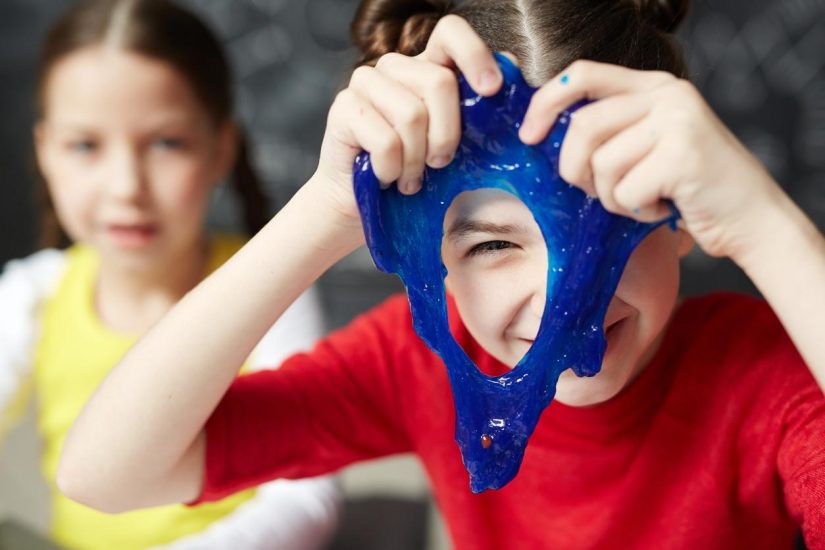STEM learning (Science, Technology, Engineering, and Mathematics) continues to gain popularity in education — and for good reason. When children are exposed to STEM early, it encourages curiosity, creativity, and critical thinking. That’s why incorporating STEM projects for young students into everyday learning is such a powerful way to keep kids engaged while developing important skills.
Why STEM Learning Matters
Early exposure to STEM gives students the chance to explore real-world concepts in an interactive way. By introducing STEM learning for primary students, educators and parents can provide them with the tools to problem-solve, collaborate, and think outside the box.
Even simple fun educational STEM activities can leave a lasting impact, helping students build a foundation that benefits them across all subjects. Hands-on learning builds confidence and problem-solving skill while encouraging students to develop curiosity, which can inspire future career interests. Importantly, home projects can involve family members, making learning more collaborative and enjoyable.
Fun STEM Project Ideas for Young Students
Here are a few easy ways to make STEM projects for young students enjoyable and accessible:
-
Design Paper Aeroplanes to Test Flight Distance
Purpose: Introduces students to aerodynamics and physics.
Materials: A4 paper, ruler, pencil, measuring tape.
Instructions: Fold different styles of paper aeroplanes using online guides or your own design. Test each one by flying it from the same spot. Use the measuring tape to record the distance each travels. Discuss which design flew the furthest and why. Encourage experimenting with wing shape or size to see how it affects flight.
You can find even more hands-on STEM activities like this to keep your child engaged and thinking creatively.
-
Make Slime to Explore Chemistry
Purpose: To help students understand chemical reactions and states of matter.
Materials: White PVA glue, baking soda, contact lens solution, food colouring (optional), bowl, spoon.
Instructions: Mix ½ cup of glue and a few drops of food colouring. Stir in ½ teaspoon of baking soda. Add 1 tablespoon of contact lens solution and stir until it forms slime. Knead it by hand until stretchy. Explain how the ingredients react to create a polymer – a substance with both liquid and solid properties.
-
Construct a Balloon-Powered Car
Purpose: To explore motion and energy.
Materials: Balloon, straws, bottle caps, cardboard, tape, skewer sticks, scissors.
Instructions: Cut cardboard for the car base. Attach bottle caps as wheels using skewers as axles. Tape a straw to the top and insert a balloon. Blow up the balloon through the straw, pinch it closed, and release. The escaping air pushes the car forward. Try changing the car’s shape or wheel size to see how it affects movement.
-
Build a Basic Water Filter
Purpose: Shows students how filtration removes impurities.
Materials: Plastic bottle, scissors, coffee filter or paper towel, sand, gravel, activated charcoal, dirty water.
Instructions: Cut the bottle in half. Invert the top half into the bottom to create a funnel. Layer coffee filter, charcoal, sand, and gravel inside. Pour dirty water through the top and watch it come out cleaner below. Explain how each layer removes different types of particles from the water. Note: this is not for making drinking water.
-
Create a Rubber Band-Powered Boat
Purpose: Teaches propulsion and basic engineering.
Materials: Foam tray or sponge, rubber band, plastic paddle (e.g. cut from a yoghurt lid), scissors.
Instructions: Cut the tray into a boat shape. Cut a slit at the back and insert the paddle. Loop a rubber band around the paddle and through notches in the boat to hold it in place. Twist the paddle to wind up the rubber band, then place the boat in water. The unwinding band powers the boat forward. Experiment with paddle shapes or boat sizes.
Making STEM Learning for Primary Students a Regular Part of Learning
To truly benefit from STEM learning for primary students, it’s important to make these projects part of a routine rather than a one-time event. Consider setting aside time each week for hands-on STEM projects at home that match your child’s interests and curiosity levels.
Even if you’re not a science expert, many fun educational STEM activities can be found online or in activity books. You can also work with a tutor who specialises in effective science tutoring to reinforce concepts and support deeper understanding.
How Tutor Doctor Can Help Develop STEM Skills
Our tutors help develop STEM skills by providing clear, constructive feedback that guides students through challenges and builds confidence. We encourage curiosity by welcoming questions and fostering a safe space to explore ideas.
By creating a personalised learning plan, we are able to focus on each student’s strengths while addressing specific areas of weakness. This targeted support helps students gain a deeper understanding of concepts, develop critical thinking, and build the skills needed for long-term success in STEM subjects. Start small, stay consistent, and most importantly—have fun with it!
Contact us for a free consultation.




